BIG ENOUGH TO EAT CATS & DOGS & KILL COWS
The photo above comes from a soldier, stationed in Baghdad, who was bitten by a Camel Spider that was hiding in his sleeping bag. .... The left photo shows two camel spiders attached together. The right photo shows the two Camel Spiders along side a tape measure. .... Camel Spiders tend to seek out shade during the daytime, so it's not terribly unusual to have a Camel Spider come charging across the desert at you. .... They are BIG and FAST. ( they can run up to 10 MPH ) Camel Spiders are also cannibalistic. Looks like the bottom Spider is eating the top Spider.
A Camel Spider can live for 10-15 years. Camel Spiders periodically shed their skin, increasing their size every time they do. Seems that more and more Camel Spiders are living longer, and longer. This means they are shedding more and more times, growing larger and larger. If this trend continues, someday a Camel Spider may reach over 3 feet in length.
A Camel Spider can run 10 mph and can jump over three feet. A Camel Spider is nocturnal and only comes out at night. ( or hides in the shade during the day - Now that's a comforting thought ) When a Camel Spider bites, it injects you with a Novocain type drug that instantly "numbs" your skin and the surrounding tissue. You can't even tell you've been bitten while you're sleeping. When you wake up, you find part of your leg or arm severely chewed because the Camel Spider has been gnawing on it ... all night long!
Biggest Camel Spider fear is during the day. If you move something that is shading a Camel Spider, when the sun makes contact with it, the Camel Spider will instantly 'jump' for "your" shadow! If you run, it will chase you, giving out a terrible scream the whole time. If you trip and fall, it will immediately burrow under you to get out of the sun.
CAMEL SPIDER "EGGS"
Unlike regular Spiders, which can lay thousands and thousands of Eggs, Camel Spiders lay only about 12 Eggs per breeding. Although the nests themselves can be over 3 feet in diameter, the Camel Spider Egg sack is a small mucus covered pouch. The Egg Sack looks like a "sticky" marshmallow, with a dozen brownish Egg nodules inside. Shown above is a rare sampling of Spider Eggs gathered from over 40 nests. Both the male and female Camel Spiders guard their nests, so collecting the Eggs is a highly dangerous event. Most Human bites from Camel spiders occur while gathering the Camel Spider Eggs. Many times large animals such as wild bore or lizards are found trapped in Camel Spider nests. They become entangled in the multi-strand, twine-like "honey covered silk" which is similar to a very strong dental floss. When the trapped animal tries to wrestle free, the strong silk cuts deeply into the struggling animals flesh. When the guardian Camel Spider returns and find a nest invader trapped, they immediately set upon him and start chewing him to death.
The rare Eggs shown above were removed from their sticky egg sacks and carefully cleaned with mineral oil. Only mineral oil can be used to clean Camel Spider Eggs because just like regular Spider Eggs, contact with water will cause the Eggs to hatch. Because of this, all Camel Spiders hatch during the Spring rainy season. It's the lack of rain in the eastern deserts that have kept the Camel Spider population in check for hundreds of years. If Camel Spiders ever start moving north into rainy areas, the Camel Spider populations might explode.
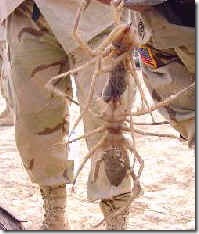
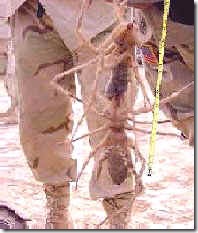

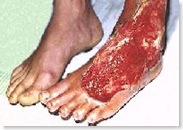

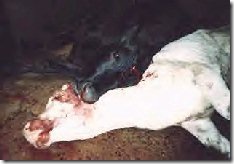
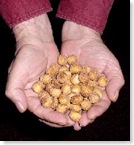
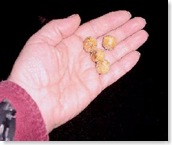
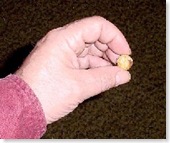

No comments:
Post a Comment